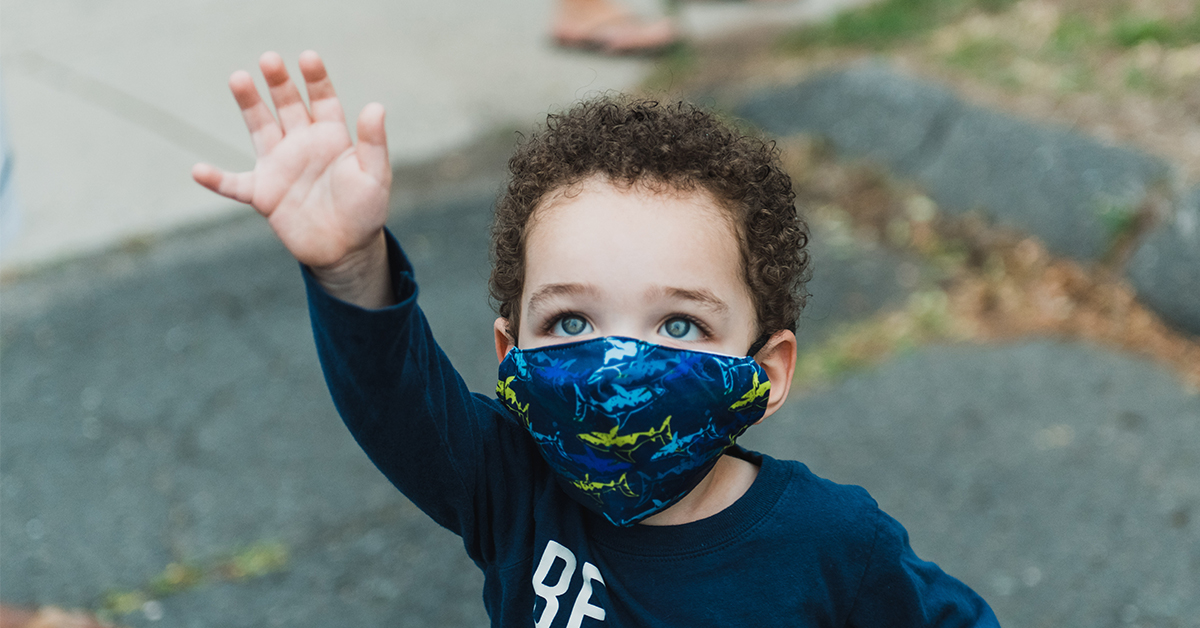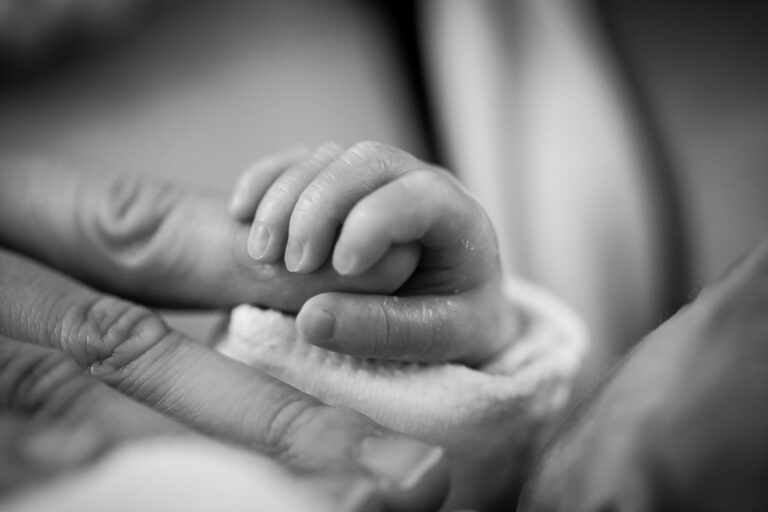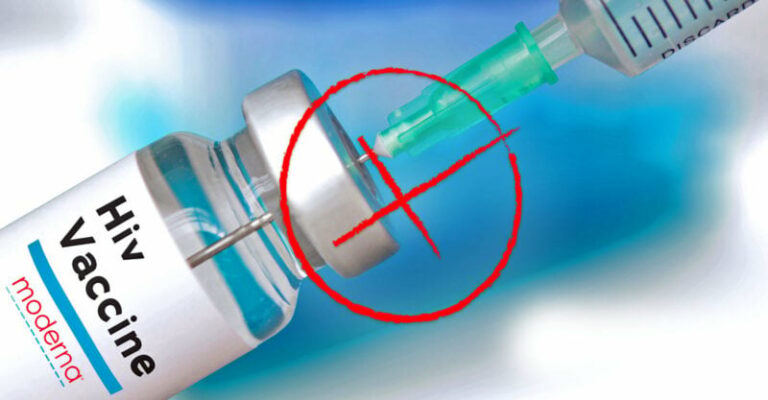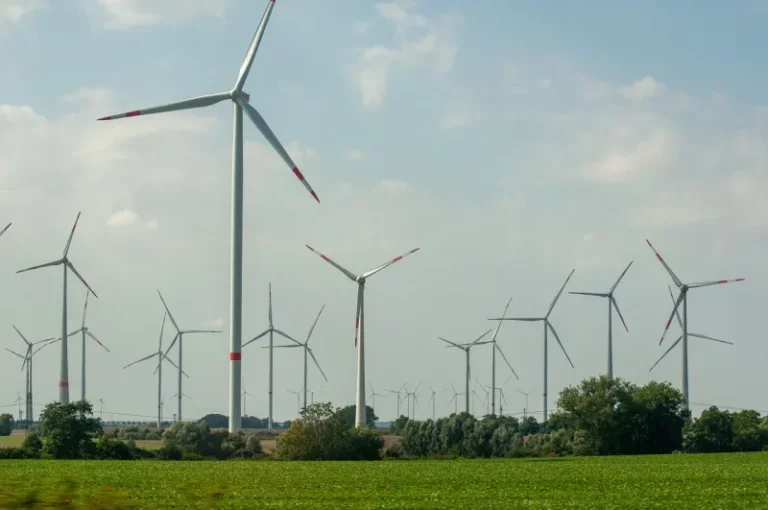German Team Finds Masks for Children and Adolescent Have no Benefits and Can Be Dangerous.
December 2020. The German interdisciplinary Research Team ‘Care4Truth’ has published a report after a research in the scientific literature to see if there were risks associated with the use of a ‘mouth-nose-covering’ in children and adolescents.
The reporters first point to the fact that the recommendation about wearing ‘masks’ have continuously changed since the beginning of the pandemic. In most areas (and countries) recommendations about wearing masks varied from being “counterproductive for the general population” to “unnecessary”, to “possibly protective”, to “protective”, to “urgent recommendation” and finally to “compulsory” in closed areas and even outside.
Their research was investigating the use of all types of ‘masks’ as soon as they have a breathing resistance (manufactured ‘hygiene masks’, home made coverings, particle filtering half masks (FFP1, FFP2 and FFP3).
The main findings were:
1. An absence of data and studies
- The team could not find literature with studies designed to assess the risk for children or their specific physiology.
- The current studies are neither designed for children nor do they reflect the currently prevailing wearing conditions.
- There are no studies evaluating long term wearing of masks (weeks, months)
2. The health risks of wearing a mask
Researchers turned to the field of occupational health and safety to evaluate potential risk and safety protocols. Insurance companies recommend that:
- Risk evaluation of the environment should be carried out before considering the use of personal equipment. There is no reason to imposing a mask if there is no serious risk of contamination.
- At least one medical visit should be offered to assess potential risk linked to pre-existing medical conditions and parameters such as hart rate, lung function and blood pressure should be measured.
- There are clear rules for adults wearing a mask at work.
- Attention should be paid to the excessive inhalation of carbon dioxyde that can lead to acidosis with symptoms such as headaches, nausea, palpitation, psychic disturbance, dizziness and drowsiness.
- According to the type of mask and physical effort the maximum wearing time can vary between 75 and 120 minutes. After each period, breaks of 30 minutes are mandatory.
- Mask manufacturers specify that they don’t offer masks for children and that their misuse could result in illness or death.
- A safety protocol is used for wearing and handling the mask
Prof. Dr. Kappstein points out: “A correct handling of masks, as already mentioned, is not always easy to achieve for medical staff (it is estimated only 18% of medical staff handles it correctly). But for the general public, all these requirements, which are considered indispensable, are not even remotely achievable.”
The improper use of an MNC at school could therefore even increase the risk of infectious diseases being endangered and spreading in the population. Warmth and moisture, as well as nutrients from saliva and nasal secretions are an ideal breeding ground in which various pathogens not only survive but can even multiply.
3. Underestimation of risks and harms in children:
Children or adolescents usually only take their masks off when they notice that they can hardly breathe. A fatigue of the respiratory muscles usually goes unnoticed. Also due to the moral pressure exerted by social mechanisms, children and adolescents rarely take the mask off despite feeling unwell. Many cases are known where children have been told that they might be responsible for the death of other people if they do not put the mask on. Some teachers, as persons of authority, insist on the wearing of masks despite children’s complaints about typical symptoms (headaches, nausea, etc.) which clearly indicate that they are damaged and threatened by the impeded breathing. Even in physical education, children are often required to wear masks. Children could therefore, under this psychological pressure, which may legally be coercion, consciously or unconsciously ignore any symptoms of possible hypercapnia as a result of the mask.
As an indicator, a study with rats should also be mentioned here, where repeated hypercapnia (paCO2 45mmHg) led to irreversible damage in the brainstem area and thus to a strong reduction in learning performance (Huo, et al., 2014).
Teachers are not trained to judge, if a symptoms of a CO2 poisoning exist and what signs require urgent removal of a mask.
They will therefore not be able to fulfil their duty of care.
The authors concluded that:
Children wear the masks partly without interruption and even longer than adults should in professional life (within the framework of occupational health rules and regulations). In accordance with the prevention principles, the organisational and technical possibilities should first be exhausted before the wearing of an MNC for protection against SARS-CoV-2 can be considered. Based on the current status and feedback from everyday school life, there is potential for optimisation here.
A strict BAN on masks for children and adolescents is therefore indicated until scientific studies can sufficiently prove their harmlessness
We also invite you to read the following article on Children’s Health Defense USA:
The Risks vs Benefits of Face Masks – Is There An Agenda? by Dr Alan Palmer








